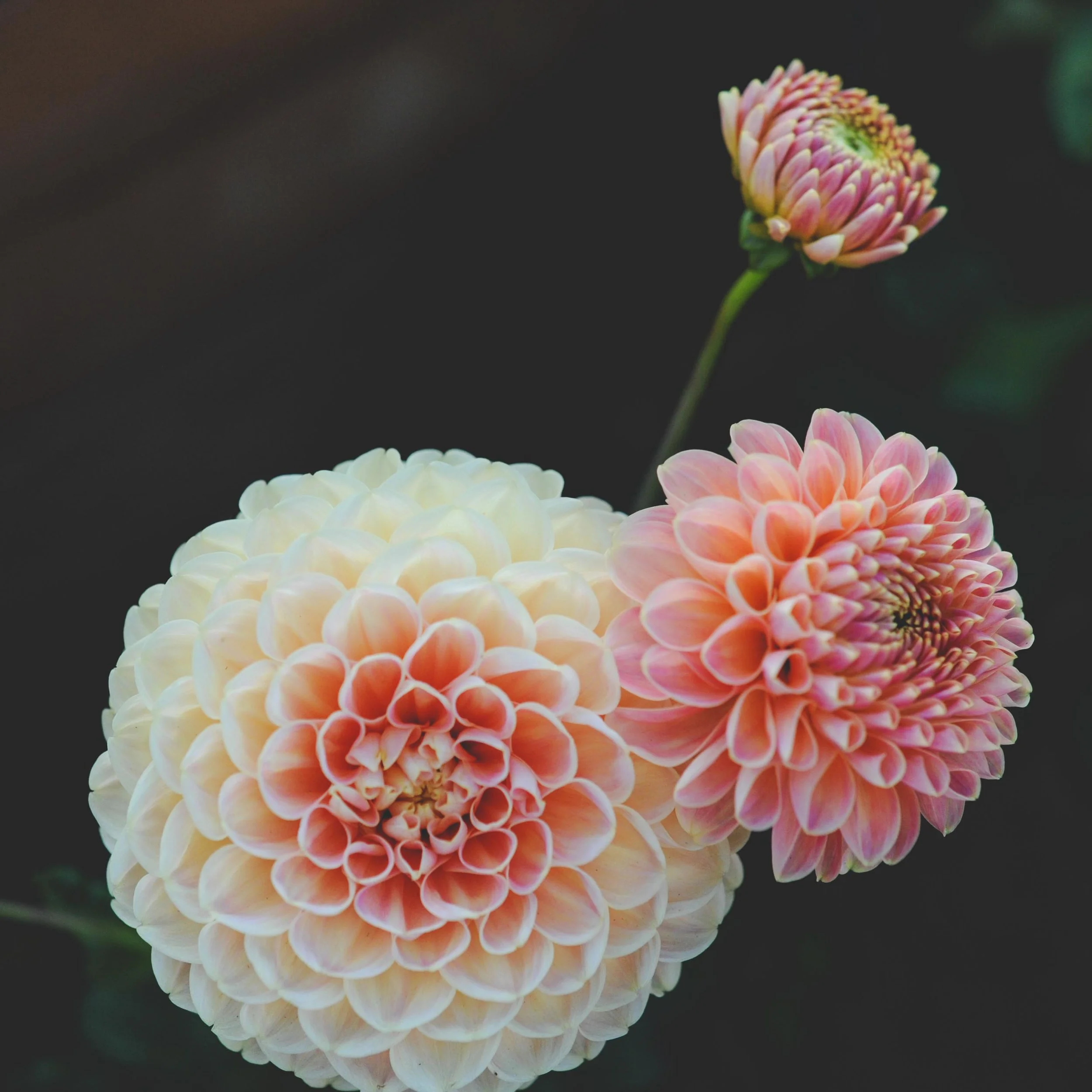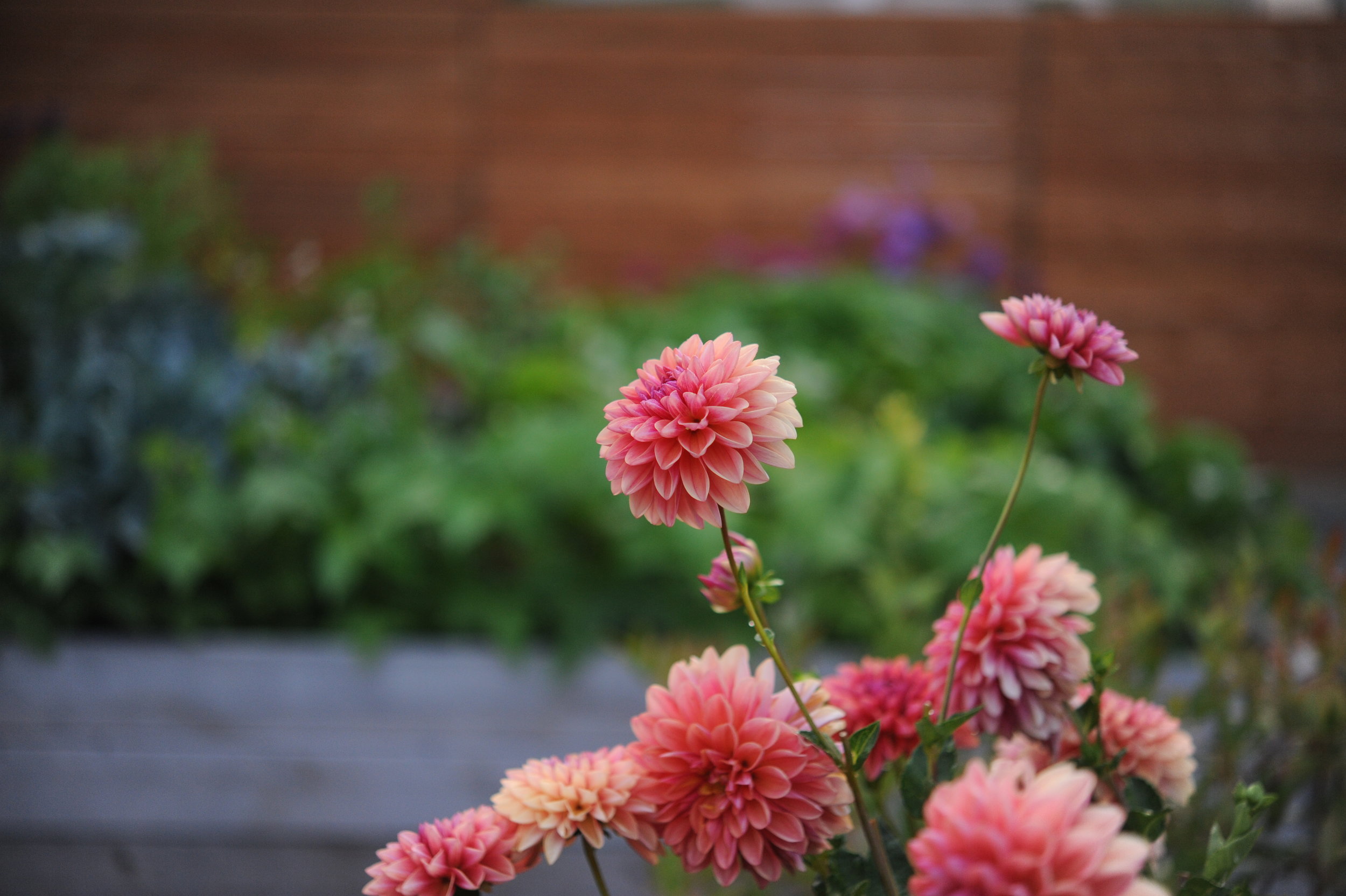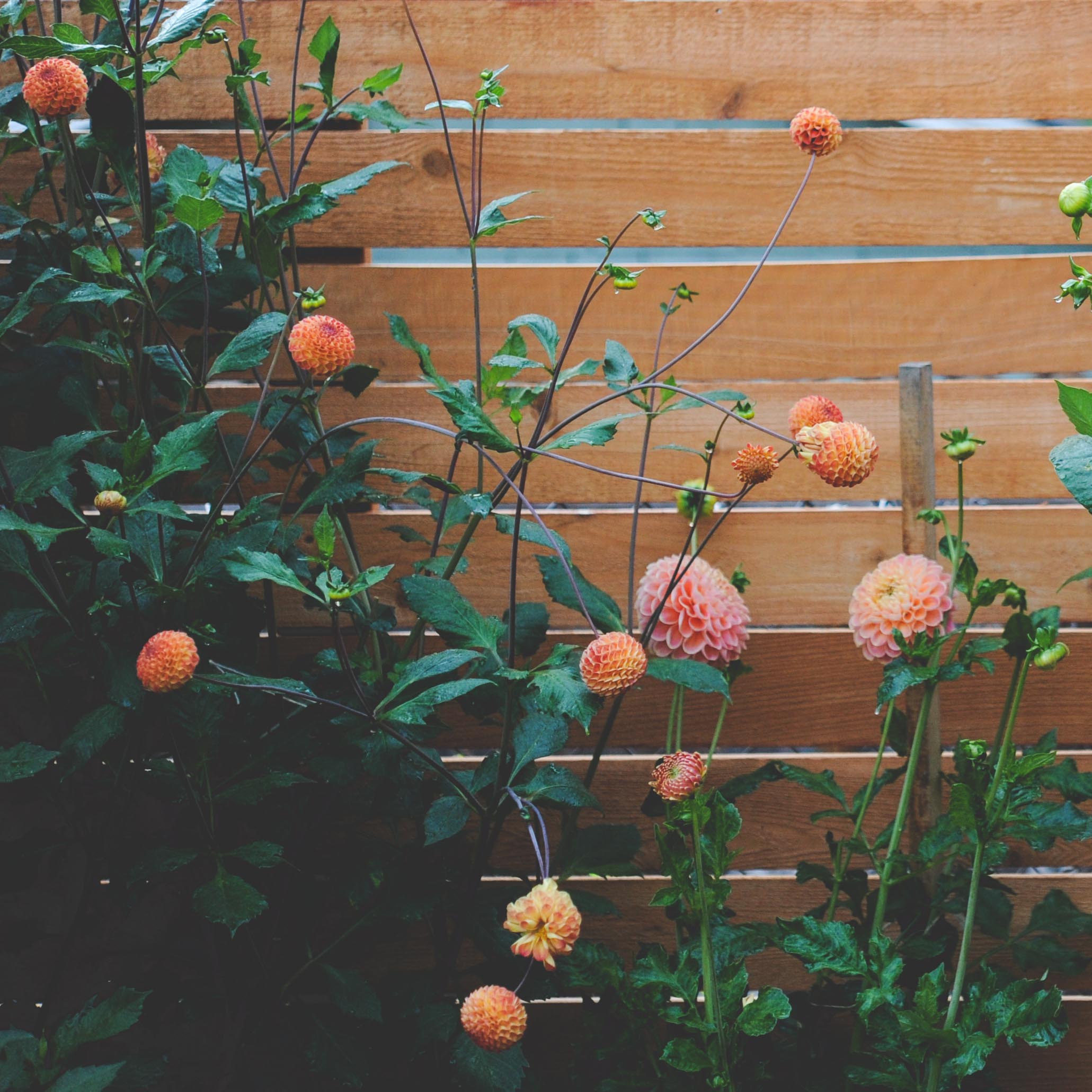This week we're bring back the Slack Q+A episodes. The questions that make up the content for these episodes are pulled from our online Slack group, which is an online community where you can share questions and gardening tips with me and an awesome group of edible gardeners. Listeners who support this podcast via Patreon receive access to the Slack forum and, just as importantly, help make this podcast possible! For these Q+ A episodes I will be joined by guest expert, Colin McCrate. [Update: We’ve changed our funding model and are no longer using Patreon or hosting the Slack Forum. Thank you to everyone who contributed to the podcast via Patreon!!]
HOW TO LISTEN:
Subscribe in iTunes , Stitcher, or any of your favorite podcast players to have new episodes sent directly to your device.
Listen right now in your browser by clicking above.
SHOW NOTES:
In this episode, we discuss:
Crop planning
Starting peas from seed
Growing fruit trees in containers
Buying dahlia tubers
Strawberry plant spacing
Important Take-aways:
Can I plant beans in the space where I was growing my peas after I pull them?
Depending on where you're growing, it might be too late for pole beans. Bush beans should defintely work! Fall brassicas and root vegetables are usually a good choice too.
Is early March too late to start peas indoors in the PNW?
Not at all! Starting peas indoors will speed up the germination process and allow you to plant your transplants out into the garden earlier. Just remember that it can be hard to provide enough light for peas to thrive indoors, so we recommend moving your seedlings outside after the seeds have germinated.
Can dahlia really cost $25 for one tuber?
Dahlia tuber can be pricey, and yes, some can cost $25/tuber, but in theory you'll invest in them once and then have the same tuber stock for many years to come. The tubers multiply each year, so you can expand your garden each year and even give the extras away to friends. I've found many great dahlia varieties that are in the $5-$10 range (see the above photo of the $6.95 Miss Delilah from Swan Island Dahlias). My advice would be to start small and order 3-5 varieties, then you can expand your dahlia garden each year as the tubers multiply!
How far apart should I space strawberries in a container?
You can space your mother strawberry plants anywhere from 4-12 inches apart, and the plants should be thinned to 4-6 inches apart each year. The mother plants will send out runners with new baby plants pretty quickly after planting, and those babies will fill out the space in between your mother plants. If you want your container to looked more filled out right from the start, you can plant your mothers closer together, but it's important that you thin the plants to allow for air circulation. Alternatively, if you wanted to spend less on mother plants, you can space the plants 12 inches apart and allow them to fill out the space.
Left to right: Strawberries spaced at 12 inches apart fill out a bed within one year of planting and pea seedlings transplanted into the garden.
Come of Hilary's favorite dahlias for under $10 per tuber: (Left to right) Cornell, Crichton Honey, Copper Blaine, Intrigue, Ginger Willow
Books by Colin:
Like what you hear? Please share our podcast with a friend. Subscribe on iTunes or your favorite podcast player so you never miss a beat. And we'd really appreciate you showing us some love by leaving a rating and review on iTunes.
Have a topic you'd like see us dig in to? Leave us a note in the comment section below or #EBpodcast on Instagram and Twitter!
Your support is what keeps this podcast going! Any amount helps, so consider support us by making a one-time contribution:
More about this weeks guest expert:
Colin McCrate is the founder of the Seattle Urban Farm Co. He has been growing food organically for over 15 years and has designed and has managed projects ranging from multi-acre farms to small backyard gardens. The author of two books; Food Grown Right, In Your Backyard (Mountaineers Books, 2012) and The High-Yield Garden Planner (Storey Publishing, 2015); he believes that urban food production can help increase public awareness of environmental, health, and social issues.
About the Host:
Hello, I’m Hilary Dahl. Outside of this podcast, my job is to help beginning and experienced growers create beautiful and productive gardens. I have the unique experience of working in on a wide range of projects, from small backyard garden plots to multi-acre vegetable farms. I also work in my own garden every day when I get home. This podcast is an opportunity to discuss seasonal garden topics and share the the joy of growing your own food.












